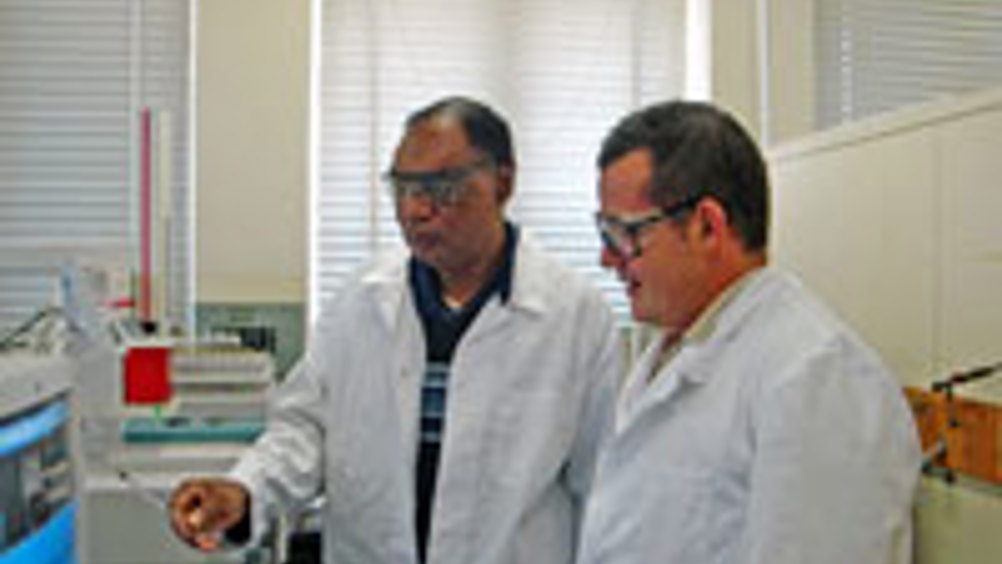Waterproof paper

A group of Brisbane biotechnologists have invented a way to use the cellulose in unused sugarcane plant material to produce waterproof papers and industrial cardboards.
Principal researchers and biotechnologists, Dr Les Edye and Dr Bill Doherty, made their discovery while working for the Cooperative Research Centre for Sugarcane Innovation through Biotechnology (CRC SIIB) based at the University of Queensland.
According to Dr Doherty, the untapped potential of sugarcane’s biomass is enormous.
He said: ‘Our work is revealing how we may actually use more of the entire sugarcane plant, millions of tonnes of unused plant matter or biomass, for future manufacturing and energy production. Waterproof cardboard might provide just one very promising commercial option.’
The CRC process requires the cellulose to be extracted from the cane biomass before being combined with new fermentation technology to make a type of lignin that would form the basis of a waterproof coating for a variety of papers.
Register now to continue reading
Thanks for visiting The Engineer. You’ve now reached your monthly limit of news stories. Register for free to unlock unlimited access to all of our news coverage, as well as premium content including opinion, in-depth features and special reports.
Benefits of registering
-
In-depth insights and coverage of key emerging trends
-
Unrestricted access to special reports throughout the year
-
Daily technology news delivered straight to your inbox










INWED Engineering Profile: Naval Architect Ellie Driver
Not a woman I´d want to cross … oh, that was Elle Driver